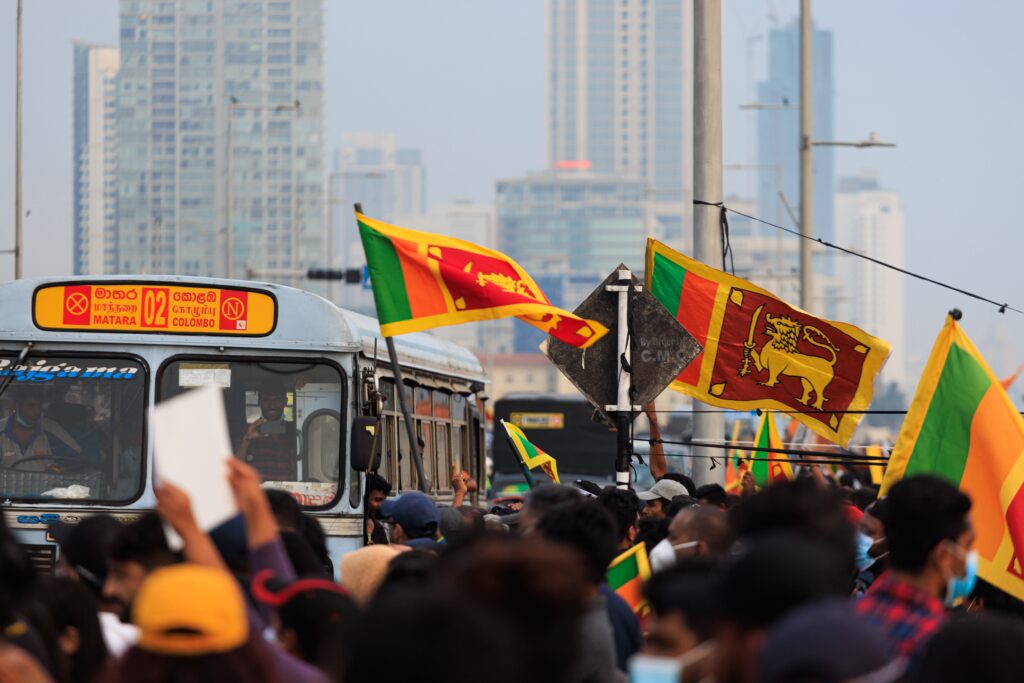Sri Lanka plans to ease its long-standing ban on vehicle imports. This marks a significant step toward economic recovery after the severe crisis that toppled the former president. From 1 February, imports of buses, trucks, and utility vehicles will resume. Restrictions on other vehicles will gradually lift over time.
Many citizens eagerly await the removal of the ban on private cars, sport utility vehicles, and three-wheeled taxis, known as trishaws. However, skyrocketing vehicle prices—due to limited supply, high taxes, and a weak currency—raise concerns about affordability.
Crisis, Recovery, and Renewed Interest
In 2022, Sri Lanka experienced its first default on foreign debts due to a severe currency shortage. The country’s 22 million people faced severe shortages of essentials like fuel, food, and medicine. Widespread protests ousted President Gotabaya Rajapaksa, and his successor implemented strict austerity measures, including tax hikes and reduced subsidies.
An International Monetary Fund bailout worth $2.9 billion helped stabilize the country’s finances. As the economy slowly recovers, the decision to ease vehicle import restrictions has sparked excitement among many Sri Lankans.
Murtaza Jafeerjee, head of the Colombo-based think tank Advocata, said the move will boost government revenue and generate related economic activities, such as car financing, sales, and servicing. Meanwhile, Information Minister Nalinda Jayatissa warned of proceeding cautiously to avoid draining foreign reserves.
Challenges of Vehicle Affordability
Sri Lanka imports most of its vehicles from nations like Japan, India, and increasingly, China, especially electric cars. Used vehicle prices have soared, with some models doubling or tripling in cost since the ban began.
For individuals like Gayan Indika, who rents out cars for weddings and drives part-time as a cab driver, a new vehicle is critical. “Without a car, my earnings have taken a hit,” he said. Sasikumar, a software professional from Kandy, echoed these concerns, stressing that unreliable public transport makes owning a car essential.
Before the import ban, the country spent $1.4 billion annually on vehicle imports. The central bank now plans to release $1 billion for vehicle imports in stages. However, the affordability challenge persists due to sharply increased excise duties—ranging from 200% to 300% depending on engine size—and an 18% VAT on all imported vehicles. The weak Sri Lankan rupee further inflates costs.
Arosha Rodrigo, representing the Vehicle Importers Association of Sri Lanka, noted that high taxes and currency issues would prevent many people from affording new cars, even if the import ban is fully lifted. Teacher R. Yasodha shared similar frustrations, stating that the price of an average-sized car had doubled, making ownership nearly impossible.
Despite the news relaxed restrictions, vehicle affordability remains a pressing issue for most Sri Lankans. Without further policy adjustments or economic improvements, access to new cars will remain limited.
